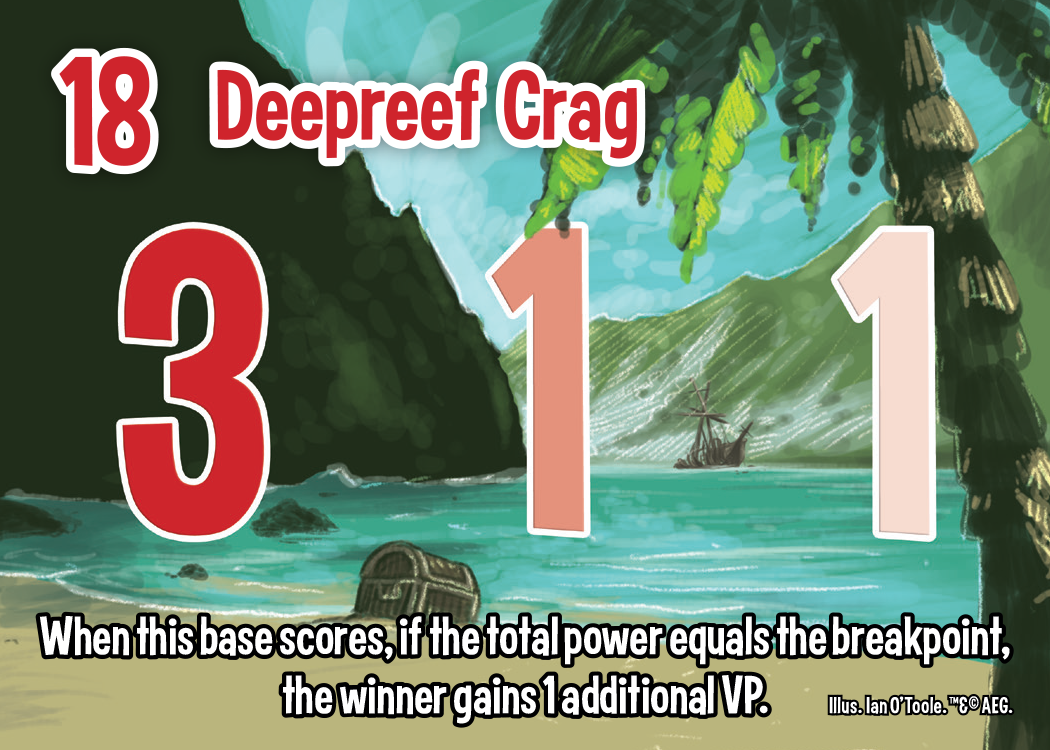

Meanwhile, the Sinister Six are more Base oriented, with lots of abilities that temporarily bring down the Breaking Point number, allowing you to cash in when you've got the lead, thus netting you the biggest rewards. SHIELD is very much a faction that focuses on more power and abilities when you have more of your Agents in play. Granted, not every combo will suit your playstyle, as I discovered when I paired the Sinister Six and SHIELD. Half the fun of Smash Up: Marvel is trying out different combinations and seeing how they interact and play. Each Character card has a Power number that contributes to the Base's Breaking Point, and Actions typically affect your cards, the various Bases, or your opponent's cards. You can play one Character and one Action per turn, but certain cards will allow you to play multiple cards and also allow the use of special Abilities and Talents.

These factions are split into two main types of cards, Characters and Actions. You pick two different factions to "smash up" into one deck and in Smash Up: Marvel those include SHIELD, the Sinister Six, Ultimates, Kree, Avengers, Hydra, Spider-Verse, and the Masters of Evil. So, how do you break Bases? Well, that will depend on how you use your deck. You gain Victory Points by building up Bases to their Breaking Points, and each Base has a different number you need to hit to do so. For those unfamiliar with Smash Up in general, the goal is to end up with the most Victory Points by the end of the game, and the first person to 15 Victory Points initiates the final turn.


 0 kommentar(er)
0 kommentar(er)
